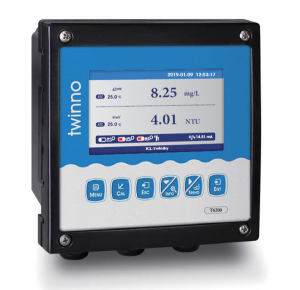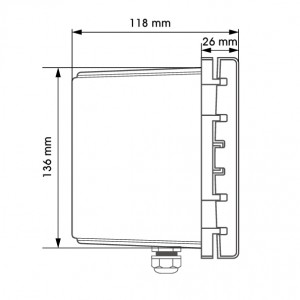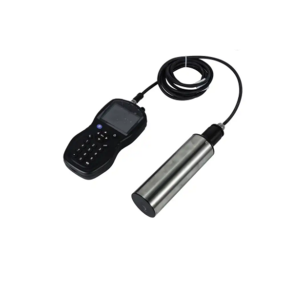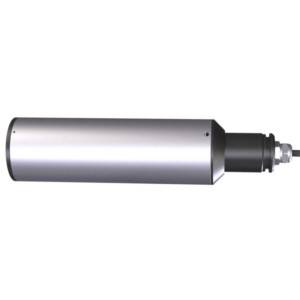T6200 Online FCL/Turbidity Transmitter
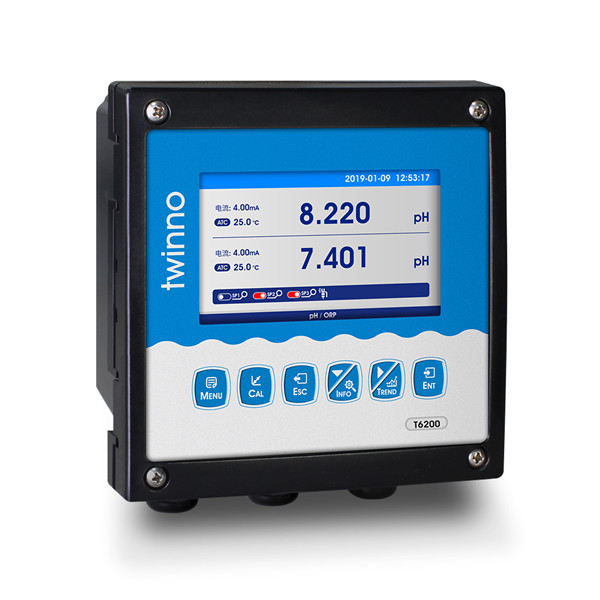
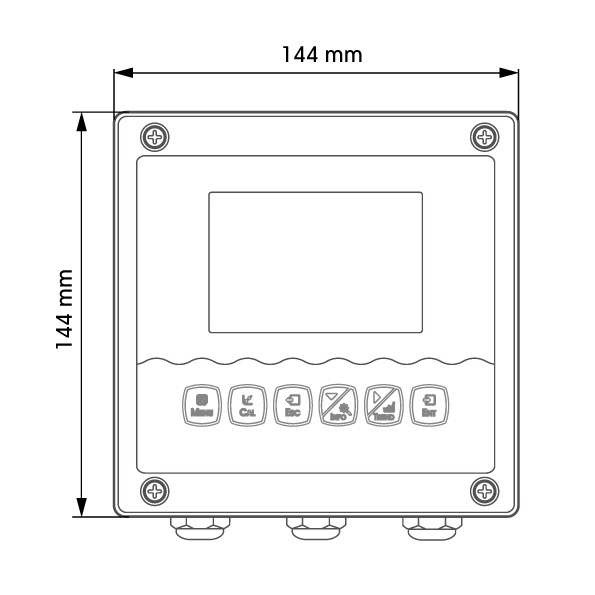
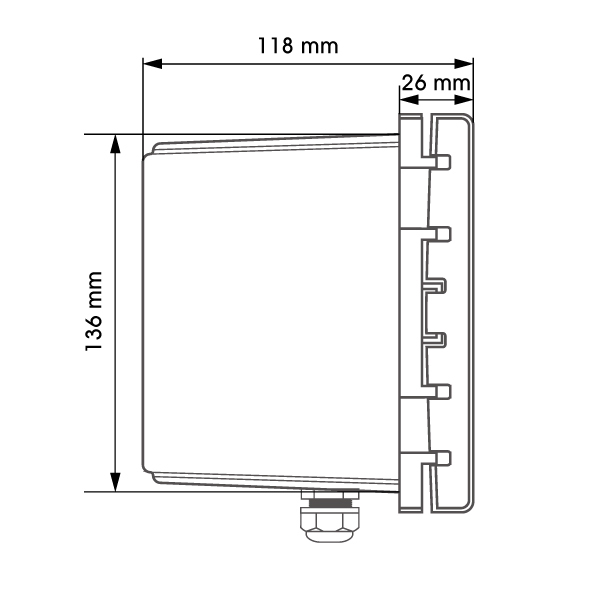
T6200 Online FCL/Turbidity Transmitter
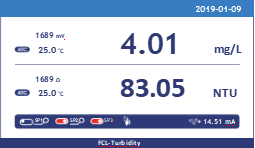
Measurement mode
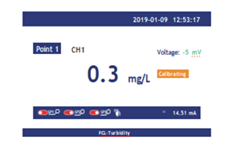
Calibration mode
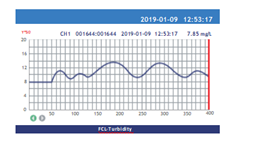
Trend chart
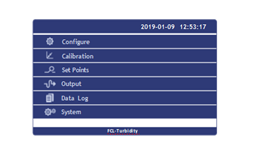
Setting mode
2. Intelligent menu operation
3. Multiple automatic calibration
4. Differential signal measurement mode, stable and reliable
5. Manual and automatic temperature compensation 6. Three relay control switches
7. 4-20mA & RS485,Multiple output modes
8.Multi parameter display simultaneously shows – FCL/ turbidity, Temp, current,etc.
9. Password protection to prevent misoperation by non- staff.
10. The matching installation accessories make the installation of the controller in complex working conditions more stable and reliable.
11. High & low alarm and hysteresis control. Various alarm outputs. In addition to the standard two-way normally open contact design, the option of normally closed contacts is also added to make the dosing control more targeted.
12. The 3-terminal waterproof sealing joint effectively prevents water vapor from entering, and isolates the input, output and power supply, and the stability is greatly improved. High resilience silicone keys, easy to use, can use combination keys, easier to operate.
13.The outer shell is coated with protective metal paint, and safety capacitors are added to the power board, which improves the strong magnetic
anti-interference ability of industrial field equipment. The shell is made of PPS material for more corrosion resistance.
The sealed and waterproof back cover can effectively prevent water vapor from entering, dustproof, waterproof, and corrosion-proof, which greatly improves the protection capability of the whole machine.
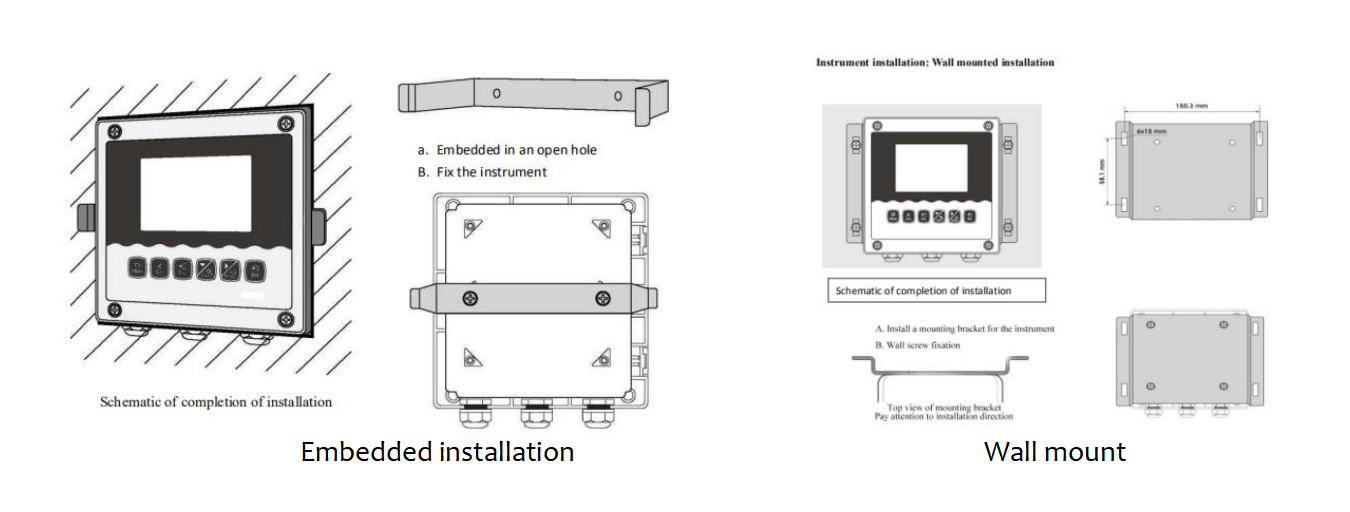
| Measuring range | FCL:0-20mg/L; Turbidity:0~4000NTU, |
| Unit | mg/L, ppm, NTU |
| Resolution | FCL:0.01mg/L; Turbidity:0.01NTU |
| Basic error | FCL:±0.1mg/L; Turbidity:±5%; |
| Temperature | -10~150.0℃( Depend on the Sensor) |
| Temp. resolution | 0.1℃ |
| Temp. accuracy | ±0.3℃ |
| Temp. compensation | 0~150.0℃ |
| Temp. compensation | Manual or automatic |
| Stability | pH:≤0.01pH/24h; EC: ≤1ms/cm /24h |
| Current outputs | Two 4~20mA,20~4mA,0~20mA |
| Signal output | RS485 MODBUS RTU |
| Other functions | Data record &Curve display |
| Three relay control contacts | 5A 250VAC,5A 30VDC |
| Optional power supply | 85~265VAC,9~36VDC,power consumption ≤3W |
| Working conditions | No strong magnetic field interference around except the geomagnetic field. |
| Working temperature | -10~60℃ |
| Relative humidity | ≤90% |
| Waterproof rating | IP65 |
| Weight | 0.8kg |
| Dimensions | 144×144×118mm |
| Installation opening size | 138×138mm |
| Installation methods | Panel & wall mounted or pipeline |
CS5530D Digital Residual Chlorine Sensor
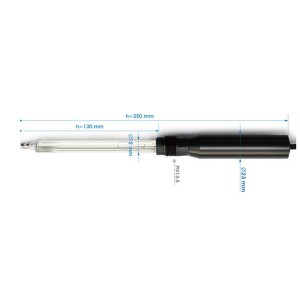
| Model NO. | CS5530D |
| Power/Signal Output | 9~36VDC/RS485 MODBUS RTU |
| Measure material | Double platinum ring/3 electrodes |
| Housing material | Glass+POM |
| Waterproof grade | IP68 |
| Measurement range | 0-20mg/L |
| Accuracy | ±1%F.S |
| Pressure range | ≤0.3Mpa |
| Temperature compensation | NTC10K |
| Temperature range | 0-60℃ |
|
Calibration |
Water sample, chlorine-free water and standard
liquid |
| Connection methods | 4 core cable |
| Cable length | Standard 10m cable or extended to 100m |
| Installation thread | PG13.5 |
| Application | Tap water, pool water, etc |
CS7920D Online Flow-through Turbidity Sensor
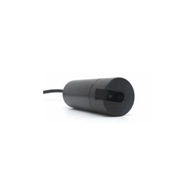

|
Model NO. |
CS7920D/CS7921D/CS7930D |
|
Power/Signal Output |
9~36VDC/RS485 MODBUS RTU |
|
Measurement mode |
90° IR scattered light method |
|
Dimensions |
50mm*223mm |
|
Waterproof rating |
IP68 |
|
Housing material |
POM |
|
Measurement accuracy |
±5% or 0.5NTU,whichever is greater |
|
Pressure range |
≤0.3Mpa |
|
Temperature range |
0-45℃ |
|
Calibration |
Standard liquid calibration, water sample calibration
|
|
Thread |
Flow-through |
|
Cable length |
Standard 10m cable or extended to 100m |
|
Installation thread |
PG13.5 |
|
Application |
General applications, municipal pipeline network; industrialprocess water quality monitoring, circulating cooling water,
activated carbon filter effluent, membrane filtration effluent, etc. |





